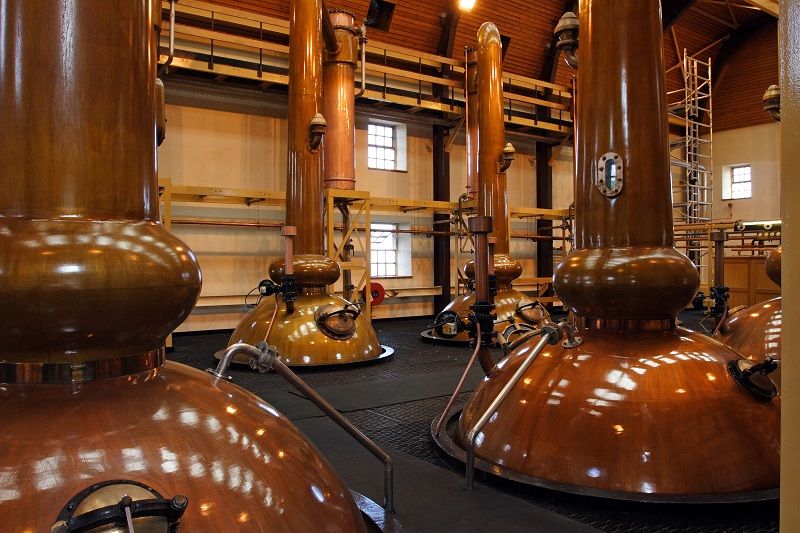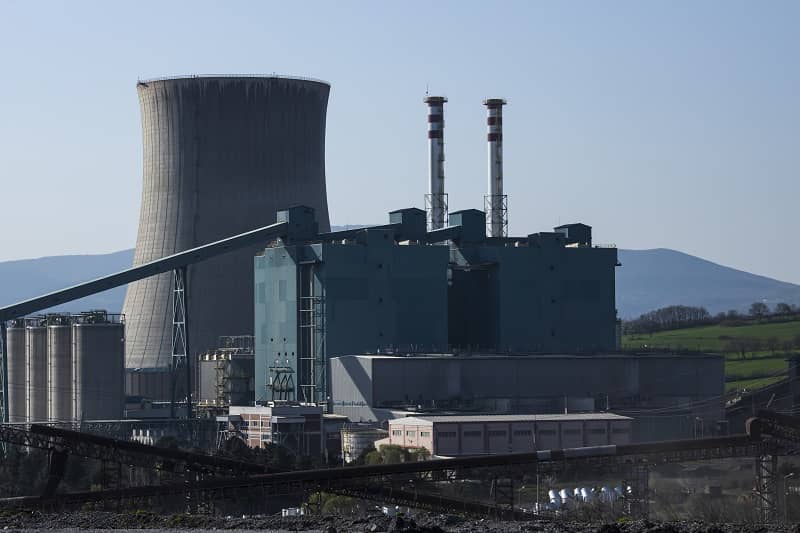Many commentators have expressed outrage at the possibility of a Costco being opened in the Rose Quarter. They point to the decades of public planning for that neighborhood and the multiple rail lines, and demand some form of transit-oriented development (TOD) as an alternative.
What they fail to understand is that rail-focused development is mostly a mirage. It seems like a nice idea but doesn’t actually work because retail, office and residential projects all need auto access and reasonable amounts of parking. TOD is the most expensive form of construction possible, typically double or even triple the cost of lower-density projects. Therefore, most local TOD projects require substantial tax subsidies – a practice that is inherently unsustainable.
The truth is that the Rose Quarter is an economic dead zone precisely because Portland planners got everything they wanted: four light rail lines, a streetcar opening next year, limited on-street parking, and a 50% reduction of auto traffic on the Steel Bridge. As a result, the area is a jumble of crossing rail tracks, ugly overhead wires, clanging bells, bus stops and mega-sidewalks, with virtually no retail stores. Why would anyone want to go there?
Light rail doesn’t attract development, it repels it. After 25 years of MAX, that’s the central lesson. Too bad no one on the City Council is interesting in learning.
John A. Charles, Jr. is President and CEO of Cascade Policy Institute, Oregon’s free market public policy research organization.











